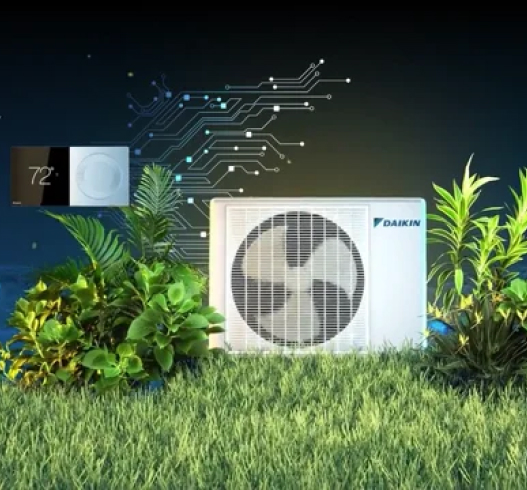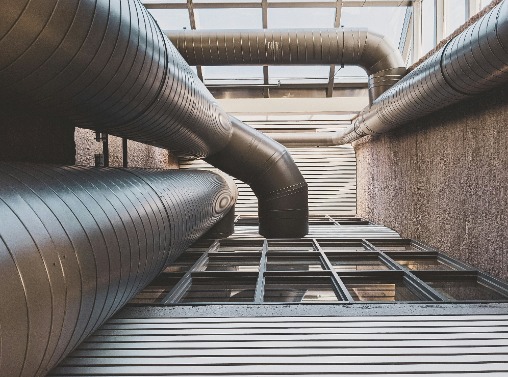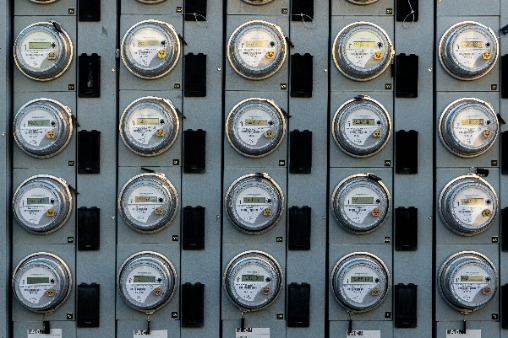HVAC Common Misconceptions

Common misconceptions include:
1. Misconception: You need to add refrigerant to your system every year
Air conditioners and heat pumps utilize a working fluid, known as refrigerant, to complete their heating and cooling cycles. These HVAC systems use a closed-loop system, meaning they should not require routine refrigerant refills. If your system needs additional refrigerant, it likely has a leak that should be inspected and repaired by a professional.
2. Misconception: The larger the HVAC system, the better
HVAC systems are designed to be properly sized for your home. A unit that is too large may waste energy, create uneven temperatures, and lead to more frequent repairs, which can increase your utility bills according to the U.S. Department of Energy1. It is essential to consult an HVAC contractor for system sizing, as they utilize the industry-wide ‘Manual J’ calculation method to determine the optimal size for your home. According to the U.S. Department of Energy2, choosing the right air conditioner for your home and properly maintaining it can significantly improve your home’s comfort, save energy, and reduce your environmental impact.
3. Misconception: You should change your air filters once a year
Heating and cooling system air filters are designed to prevent debris from entering and damaging components of the heating and cooling system, such as the blower fan or coils. A clean air filter helps keep airflow unobstructed, allowing your HVAC system to run efficiently.
A common misconception about HVAC maintenance is that system air filters only need to be replaced once a year. In many homes, air filters may need to be changed more frequently depending on the manufacturer’s recommendation for your particular system. Additional factors such as system usage, indoor air quality, and the presence of pets or allergens may also impact the frequency required to change the air filters for your heating and cooling system. Waiting too long between filter changes may reduce air flow and affect your system’s performance and efficiency.
Regularly checking your air filter and replacing it as recommended by your HVAC professional can help support indoor air quality and keep your HVAC system running smoothly.
4. Misconception: On/Off operation is the most efficient way to run your HVAC
You’ve probably heard the loud start-up of an air conditioner or a heat pump outside a house. That familiar sound is often that of a single-stage HVAC system turning on. Single stage, on/off systems run at full power until the set temperature is reached, then shut off completely. These systems repeatedly cycle on and off, resulting in a spike in energy consumption at startup.
Alternately, air conditioners or heat pumps with adaptive inverter technology are engineered to operate continuously at variable energy levels, helping to optimize efficiency while maintaining indoor comfort.
5. Misconception: Turn your temperature drastically low for quicker cooling
Lowering your thermostat to a much colder setting won’t cool your home any faster and could result in unnecessary expense, according to the U.S. Department of Energy3. Most air conditioning systems deliver air at a consistent rate, regardless of the temperature setting. This means the system will work at the same pace whether you set the thermostat a few degrees lower or drastically lower.
6. Misconception: AC units only need maintenance when something breaks
To help keep your air conditioner (or heat pump) operating at peak performance, regular maintenance is recommended. This maintenance is typically performed before the start of the seasonal operation and should be handled by a qualified HVAC professional. This means scheduling maintenance for your cooling system in the spring and for your heating system in the fall. Your specific maintenance schedule may vary depending on usage, system type, and environmental conditions. According to the U.S. Department of Energy, routine maintenance is important for efficient and effective performance4.
1. U.S. Department of Energy. “HVAC Sizing Research” https://www.energy.gov/eere/buildings/articles/hvac-sizing-research?
2. U.S. Department of Energy. “Air Conditioning”
https://www.energy.gov/energysaver/air-conditioning
3. U.S. Department of Energy. “Programmable Thermostats”
https://www.energy.gov/energysaver/programmable-thermostats
4. U.S. Department of Energy. “Air Conditioner Maintenance” https://www.energy.gov/energysaver/air-conditioner-maintenance
In this article
Connect on Social Media
 Follow on Facebook
Follow on Facebook
 Follow on YouTube
Follow on YouTube
 Follow on Instagram
Follow on Instagram
 Follow on X
Follow on X
 Follow on TikTok
Follow on TikTok
 Follow on Pinterest
Follow on Pinterest

Looking for help now?
Enter your zip code to search for Daikin Contractors in your area.
Learn More
Learning Center Content
Stay informed about home comfort technology, when to upgrade, energy efficiency, and reducing your energy bills.





























